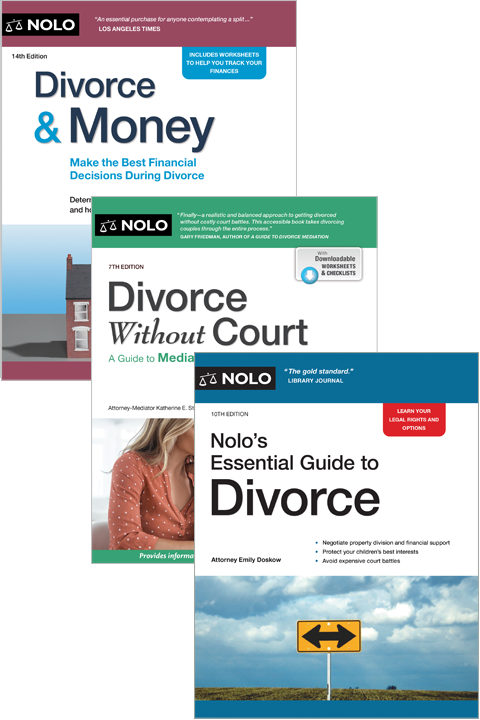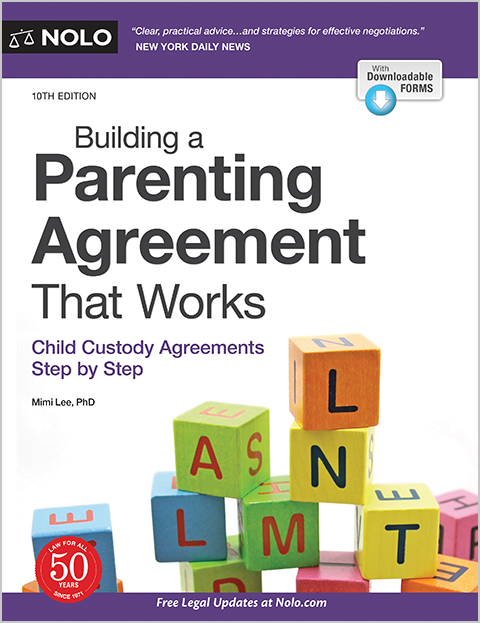Here's how to use your retirement plan to provide for your unmarried partner.
For many people, the bulk of their wealth when they retire will be sitting in one or more retirement plans. These valuable assets provide security to the retiring worker, of course, and can also provide for a surviving spouse if the worker dies prematurely.
Unmarried couples can use retirement plans in much the same way—to provide for a surviving partner. But unmarried couples need to jump through a few more hoops to accomplish the same thing.
Naming a Beneficiary
Whether you have an IRA, a 401(k), or another type of retirement plan, you may name any beneficiary you want. But you must do exactly that—name the beneficiary by filling out a beneficiary designation form that states your wishes. Generally, your financial institution will require you to complete a beneficiary designation form when you first open an IRA. But in the case of an employer's plan, you might have to request a form from your plan administrator.
Many employer plans name a surviving spouse as a default beneficiary in the event a worker fails to designate a beneficiary in writing. However, unmarried partners will not be default beneficiaries, so it is important that you complete a form, then keep a copy of the form in your files and give one to the plan administrator.
Naming a beneficiary of your retirement plan accomplishes several things. First, it ensures that the assets are distributed to the people you intend. Second, designating a beneficiary might protect the retirement plan from probate. (In many states, retirement plan assets are not subject to probate, provided there is a clear designation of beneficiary. Without such a designation, assets might be forced through probate to identify the appropriate heir.) Third, when you name a beneficiary of your retirement plan, the individual or individuals who inherit the plan will have more control over how quickly the assets are distributed, potentially saving your beneficiary a bundle in taxes.
Bear in mind that naming a beneficiary is not an irrevocable action. You may change your beneficiary at any time by completing a new beneficiary designation form.
Your Will Doesn't Govern Your Retirement Plan
Some people make the mistake of failing to name a beneficiary or simply naming "my estate," believing their will should take care of everything. But in the case of a retirement plan or IRA, it is the beneficiary designation form, not the will, that governs what happens to the assets. So, for example, if your beneficiary designation names your brother as beneficiary of your IRA, but in your will you indicate that you want your IRA assets to go to your partner, the IRA assets will go to your brother, because his name is on the beneficiary designation form. Similarly, if you fail to name a beneficiary on the beneficiary designation form, you are deemed not to have named a beneficiary of the plan, even if you try to leave the retirement funds to someone in your will.
Rollovers of Retirement Plans
Married couples enjoy some advantages over unmarried couples when it comes to inherited retirement plans. For example, and perhaps most important, a spouse who inherits a retirement plan is permitted to roll it over into a retirement plan of his or her own. Having done so, the spouse can then treat those assets as if they had always been part of his or her own retirement account.
In comparison, the surviving partner in an unmarried couple cannot roll over his or her deceased partner's retirement assets into the survivor's retirement plan. If the survivor attempts to make such a transaction, the assets would immediately be subject to tax and penalties.
The picture is not completely bleak, however. If you inherit an IRA from your partner, you are not required to take all the money out immediately and pay taxes on it (although you may if you wish). Instead, you are permitted to spread distributions over your life expectancy, thereby reducing the tax burden.
Thanks to a new law that took effect in 2007, you can achieve much the same result if you inherit your partner's interest in an employer's retirement plan. You may roll over your partner's retirement plan assets into an IRA and then take distributions over your life expectancy. For this to work, you must satisfy the following conditions:
• You must have the retirement plan assets transferred to a new IRA, not an existing one.
• The new IRA must be in your partner's name, not your name. (This allows the IRS to distinguish between IRAs inherited by a nonspouse and those belonging to the original owner or a spouse; different distribution rules apply so the IRS needs to know which is which.)
• The transfer must take place as a trustee-to-trustee transfer, meaning you can't take the money out and then put it into a new IRA—it has to be rolled over directly from one savings vehicle into the other.
• The employer plan must allow the rollover.
There's more good news. Even if the plan provides that your partner's interest must be paid out within five years (the five-year rule), you can void that requirement by taking your first required distribution from the employer plan on or before December 31 of the year after your partner's death and rolling over the balance into a new IRA in your partner's name—usually it will be titled to include your name as well; for example, it might say: "John Doe (deceased) IRA, for benefit of Jane Doe." If you roll over the assets into the new IRA in the year of death, you may roll over the entire amount and take the first required distribution the following year. But again, for all of this to work, the employer's retirement plan has to permit the rollover to an IRA.
More Information on Retirement Plans and IRAs
For more information about inheritance and taking money out of retirement plans and IRAs, see IRAs, 401(k)s & Other Retirement Plans: Taking Your Money Out, by Twila Slesnick (Nolo).

